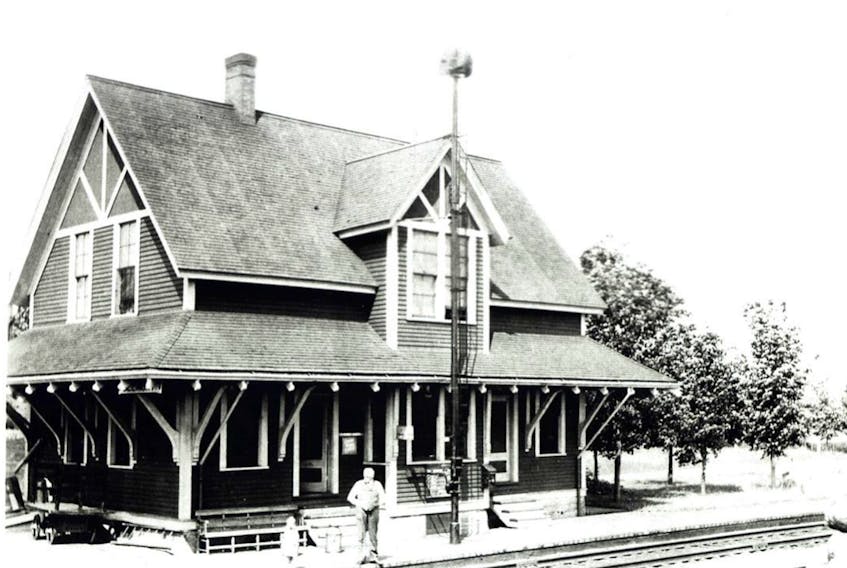BELMONT, N.S. — Black-and-white photos and family memories were instrumental for Stacey Culgin in recording the history of her home.
It took nearly two years for Culgin to write her book, An Historical Sketch of Belmont and Area. It covers her community’s early beginnings as a Mi’kmaq and Acadian settlement, and the onset of the railway and new settlers from the United States.
“The biggest thing about the book and writing it is the connection I made to the elderly people in the community and I feel blessed they shared their photos and family memories,” said Culgin. “The thing I’m most proud of now is to give this history back to the people who shared it with me.”
It is a history that dates back 300 years. In the 1700s, Belmont took form at the head of marshland on the Bay of Fundy, giving it easy access to the sea and Salmon River.
A wave of persecution and expulsions saw the community’s Acadian inhabitants driven out in the 1760s, to be replaced by settlers from New England. Until 1872, it was named Chiganois, after the nearby river.
However, it was in 1872 the modern town took form, when the railway was built from Halifax and Truro, linking the town with New Brunswick and Quebec.
This new Belmont was a thriving community that included a train station, local store and a woodwork factory.
“The nucleus of the village shifted to the railroad,” said Culgin.
But disaster struck in 1905, when a fire swept through the village and destroyed many historic buildings, including the train station.
It was left to Culgin to piece together what really happened, more than a century later. Realizing news reports from the time were sometimes inaccurate, she researched who lost their homes and slowly built a clearer picture of the fire and its aftermath.
“To me, they’re all little pieces of the puzzle,” said Culgin of her historian role. “I seem to be the go-to girl.”
Culgin’s own family also forms a part of the puzzle. Her ancestors worked in the lumber industry near Belmont. Her grandfather and great-grandfather built some of the dams on the Chiganois and Debert rivers. She said her grandparents “come from a long line of loggers.”
For Margaret Mulrooney at the Colchester Historeum, their descendant has proved a “good resource for us.” Culgin volunteers at the museum in Truro once a week.
“I think she has such a strong connection to the community and knowledge of that area that she was able to reach out to people and find information maybe we didn’t know about,” said Mulrooney.
Her book on Belmont is Culgin’s second such project. In 2017, she published a similar history of Debert, where she grew up. Mulrooney said it was well received and she was sure her latest book would also do well.
Culgin will be showcasing her newly-published book at the Colchester Historeum on Nov. 27, from 2 to 4 p.m. The Historeum is at 29 Young Street in Truro.
Belmont woman saves her town’s past for a new generation

STORY CONTINUES BELOW THESE SALTWIRE VIDEOS
Two youths charged with second degree murder | SaltWire #newsupdate #halifax #police #newstoday








